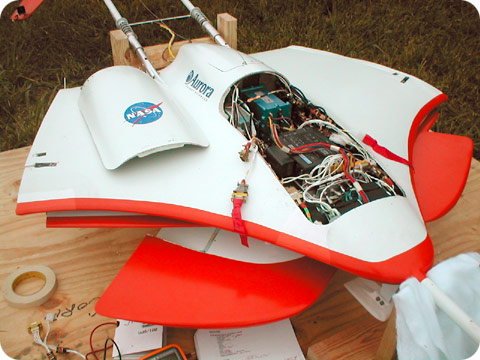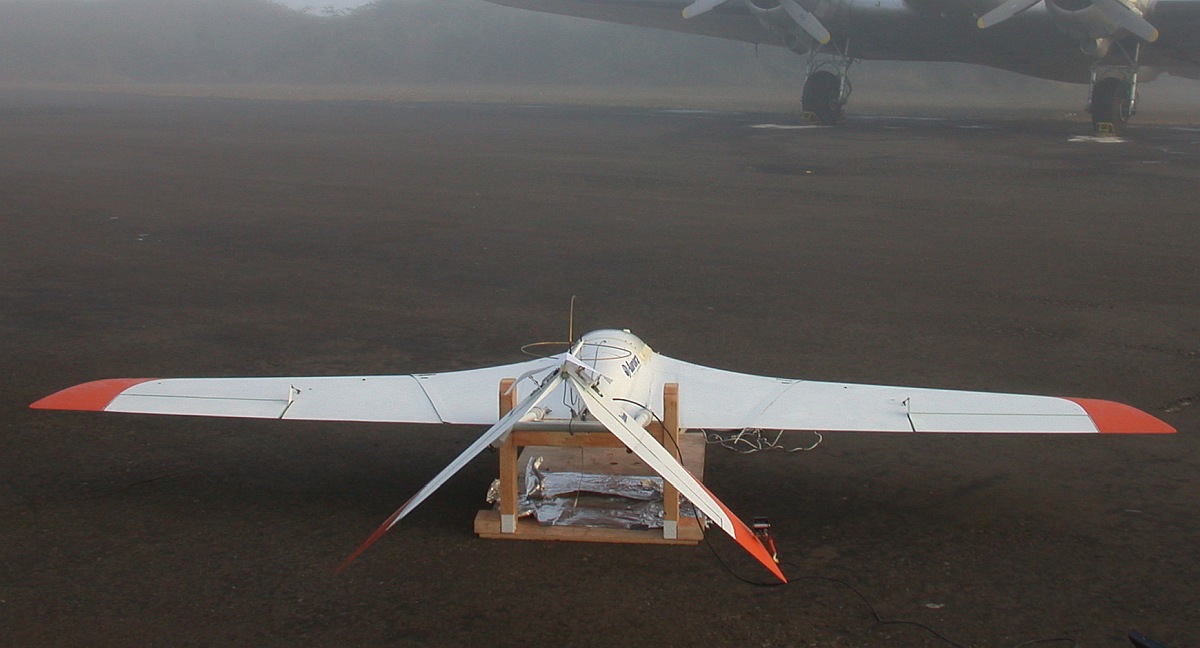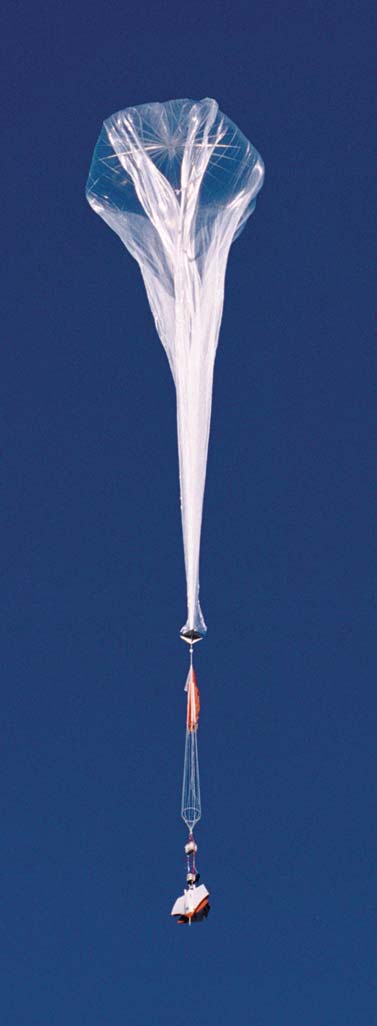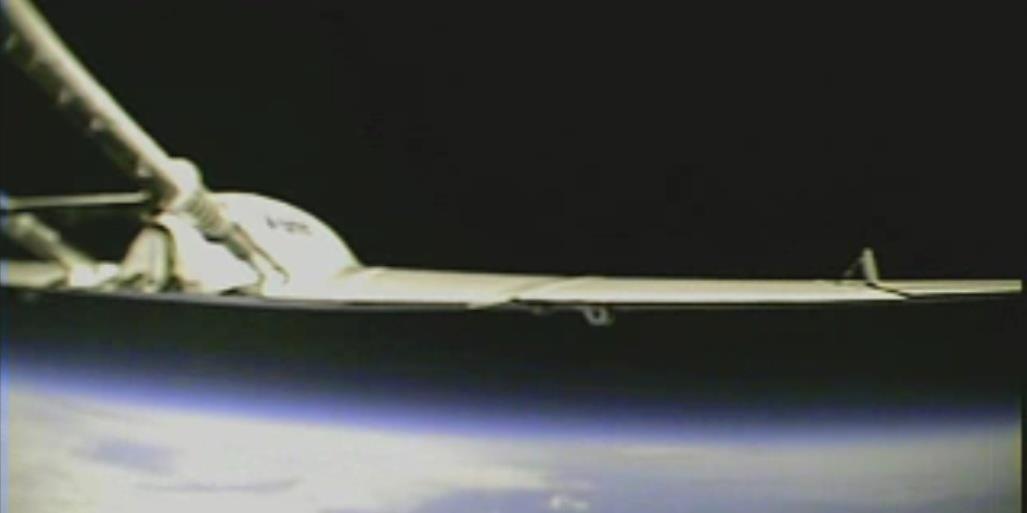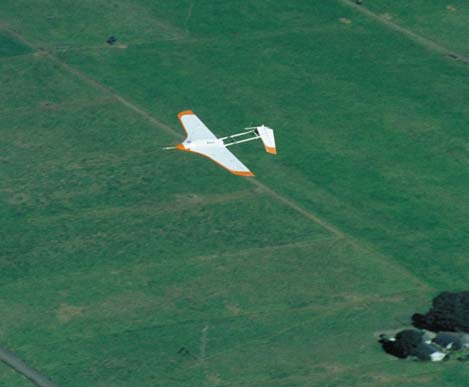Purpose of the flight and payload description
The ARES Eagle was a half-size technological demonstrator prototype of the Aerial Regional-scale Environmental Survey (ARES) a robotic, rocket-powered airplane that would fly one mile above the surface of Mars, in order to investigate it's atmosphere, surface, and sub-surface. The mission proposed by NASA's Langley Research Center, sought to be selected and funded as a NASA Mars Scout Mission for a 2011 or 2013 launch window. Despite ARES was selected as one of four finalists in the program, the Phoenix mission was ultimately chosen instead.
The objective of the flight was to test release the ARES Eagle (a 50% scale prototype) from a high-altitude research balloon, proving the ARES concept for deployment and flight in Mars-like conditions. The airplane's tail and wings were initially folded as if it were packaged inside the spacecraft that would deliver it to Mars. Following balloon release, the airplane tail and wings were unfolded and the airplane transitioned from free-fall to horizontal flight, just like it would have done on Mars. This test was designed and completed with the proper Mach and Reynolds numbers to simulate the Mars environment.
Video footage of balloon launch, ARES ejection and landing
Details of the balloon flight
Balloon launched on: 9/19/2002 at 10:15 pdt
Launch site: Naval Air Station Tillamook, Oregon, US
Balloon launched by: Global Solutions for Science and Learning (GSSL) Inc.
Balloon manufacturer/size/composition: Zero Pressure Balloon
End of flight (L for landing time, W for last contact, otherwise termination time): 9/19/2002 at 13:28 pdt
Balloon flight duration (F: time at float only, otherwise total flight time in d:days / h:hours or m:minutes - ): 3 h 13 m
Landing site: In the strip of the Tillamook Airport, Oregon, US
The balloon was launched from the local airport in Tillamook, Oregon at 10:15 am PDT on September 19, 2002. After reaching a height of almost 19 miles, the prototype Mars airplane separated from the balloon at approximately 11:49 am, and completed a ninety minute, pre-programmed flight path. The plane returned to the same airport from which it was launched and landed without damage at 13:28.
Sequence of events during the test
The airplane tail was deployed immediately upon release from the balloon. After the tail deployed, the airplane fell sideways for a couple of seconds. The tail parachute inflated soon afterward and pointed the airplane's nose back toward the ground. After that, both wings were deployed in sequence. Two wing hinges were specially designed to absorb the shock loads created when the wings opened and to ensure that the wing deployment doesn't damage the plane even if the combination of wing inertia loads and aerodynamic loads were much higher than expected.
After the tail and wings were deployed and locked, the parachute was jettisoned and the airplane could start flying. The airplane autonomously executed a pull-up maneuver at conditions that matched the Mach number and Reynolds number the full-scale airplane would experience on Mars. The data gathered from the deployment and the flight matched very well with pre-flight predictions.
After flying straight for a while to collect steady-state aerodynamic data, the airplane executed a long left turn to line up for its long return flight to the launch site. The airplane continued to fly pre-programmed patterns for the next 90 minutes until landing.
External references
- ARES website NASA Langley Research Center (via Archive.Org)
- High Altitude Drop Testing in Mars Relevant Conditions for the ARES Mars Scout Mission 2nd AIAA "Unmanned Unlimited" Conf. and Workshop & Exhibit
3406If you consider this website interesting or useful, you can help me to keep it up and running with a small donation to cover the operational costs. Just the equivalent of the price of a cup of coffee helps a lot.

